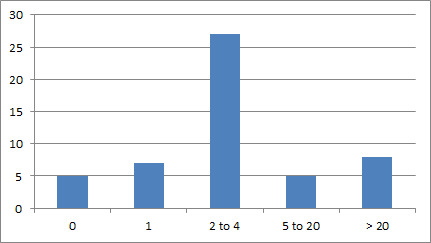The MRTD group of ICAO has released an update (version 2.06) with clarifications of their technical report RF and Protocol Testing Part 3 focusing on conformity test and protocol testing for ePassports implementing protocols like BAC and Supplemetal Access Control (SAC) respective PACEv1.
The new version 2.06 of TR-03105 Part 3.2 focusing on protocol testing includes the following changes:
- General: Several test cases accept now additionally also an Execution Error in expected results.
- General: Instead of ePassports we are talking now about eMRTD.
- General: An additional profile was added: “EAC or PACE or AA-ECDSA”.
- General: The profiles of several test cases were extended.
- General: Compatibility to both PACE and BAC in most test cases of ISO_D and ISO_E.
- General: Use CAR from DV certificate during Terminal Authentication instead of reading CAR from file EF.CVCA.
- ISO7816_C_04: The command GET CHALLENGE must not have been performed.
- ISO7816_P_10: This test case was deleted.
- ISO7816_P_73: Allows multiple PACEInfo if just one parameter ID is being used.
- ISO7816_P_74: Allows multiple PACEInfo if just one parameter ID is being used.
- ISO7816_P_75: Requires two PACEInfo elements using the same OID and different parameter IDs.
- LDS_A_03: Now LDS version 1.8 is also accepted.
- LDS_B_13: Added new assertions on the date (day and month).
- LDS_D_06: Additional test step checking the LDS info object.
In the past I have missed such a list for every new released version of test specifications, like BSI TR-03105 or ICAO technical reports. You can find a list of modifiied test cases for protocol testing in the last version of BSI TR-03105 Part 3.2 in a previous post.
So I hope, this list of modified test cases is helpful for your work in context of ePassport testing. If you are interested, please leave a comment and I will update this list with every new version of test specifications in context of smart cards used in ePassports and ID cards.




